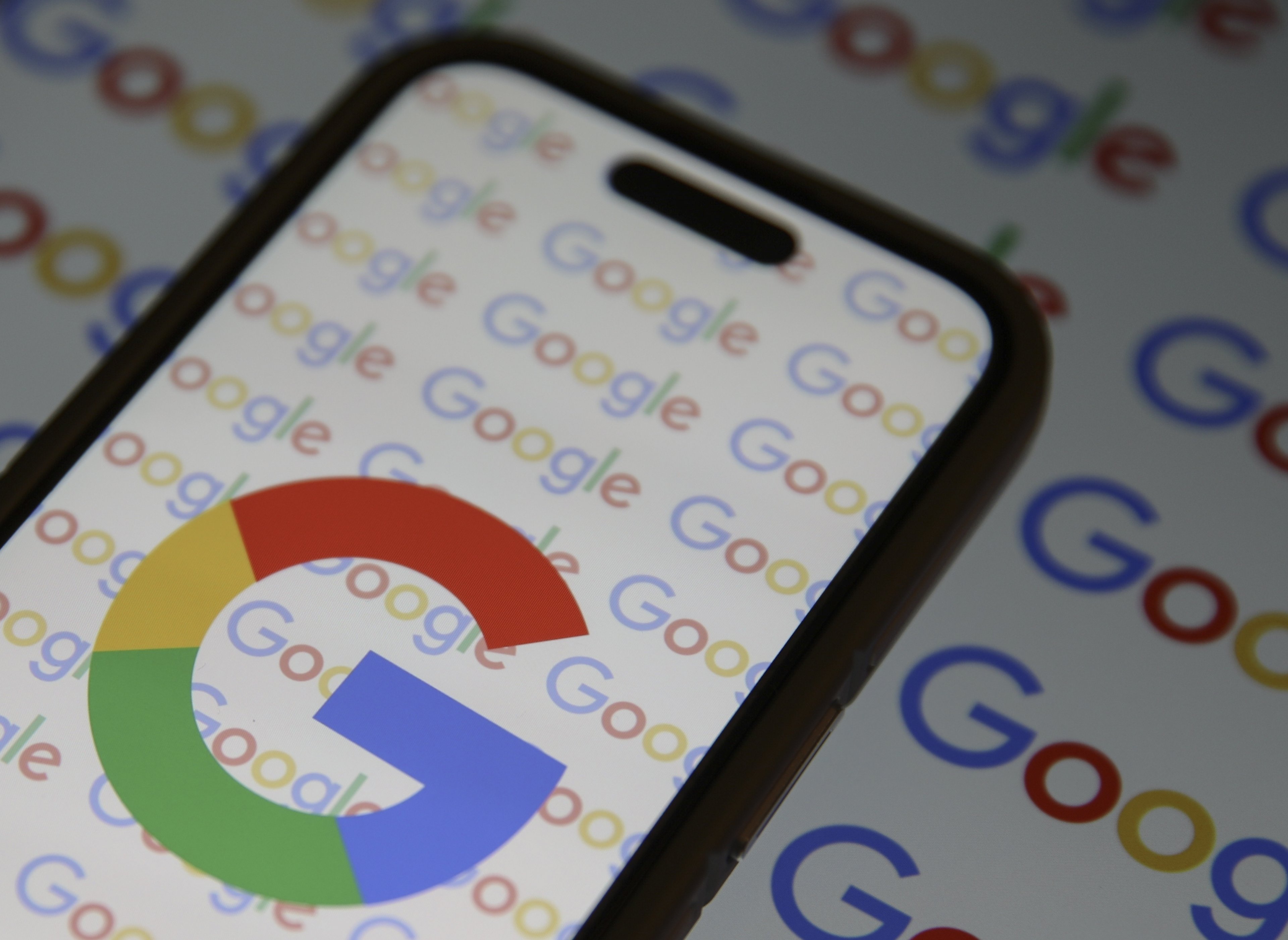Samsung (NASDAQOTH: SSNLF) is, by far, the biggest smartphone maker in the world. The company accounted for nearly 40% of all Google (GOOG 1.04%) Android phones sold in 2013.
The Korean electronics maker has been very liberal with its use of the open-source Android OS, layering its TouchWiz user interface on top of Android. But Google has clamped down on Samsung more recently, and documents recently made available to the public show that Google is exercising more control over Android phone makers than previously suggested.
It's no secret that Samsung has poured a lot of time and money into an OS it calls Tizen. Tizen could give Samsung more control over its biggest business segment, but it would give up the established Android ecosystem in return. It's not impossible. Amazon (AMZN 2.35%) has seen success with its Fire OS, which it features in its Kindle Fire tablets.
The Google bundle
The Android source code is open-source, and manufacturers are free to modify the OS anyway they choose. But if a manufacturer wants to include Google apps like the Google Play Store -- which is kind of essential for an Android phone -- a company must sign a "Mobile Application Distribution Agreement." Two such agreements were admitted as evidence in a copyright case between Google and Oracle, and made publicly available.
It turns out that if a manufacturer wants the Google Play Store on its phones or tablets, it has to agree to a whole slew of strict guidelines. Most notably, manufacturers are forced to pre-install a bundle of Google apps and make Google the default search engine.
This is obviously of great benefit to Google. The company took 93.3% of the mobile search ad market in 2012, and it's all but locking out the competition. So, even as the company struggles with lower ad prices on mobile, the sheer volume of ad impressions it serves has more than made up for it.
Slow development
A switch to Tizen, however, poses several challenges for Samsung, the biggest of which is a lack of apps. Tizen currently has just 6,000 apps available on the OS. Comparatively, Android has nearly one million.
Samsung is providing some big incentives to developers to make apps for the budding OS, but with big opportunities immediately available on Android and iOS, many developers are still ignoring Tizen. Surely, Samsung can afford to pay developers and experiment with phone releases. It has $50 billion in cash and a third of the smartphone market.
It would make sense for the company to release a low-end smartphone with Tizen before it tries to migrate its mid- and high-end offerings to the unestablished OS. Although low-end consumers don't download as many apps, or pay as much for the apps they use, it would give developers a real market to address. Moreover, it would prove to Google that Samsung is actually serious about Tizen.
If Google didn't want to risk losing Samsung's well-established high-end Android users, it might cede more control to Samsung. After all, Google is able to create different agreements with different companies.
Amazon avoided signing Google's distribution agreement by forking the Android OS into its own Fire OS. Now Google is missing out on revenue from app downloads while Amazon profits, even though Kindle Fire tablets are classified as Android tablets.
Moreover, Amazon has successfully attracted the attention of developers. A survey conducted by App Annie last year found 22.5% of developers were working on apps for Amazon's Kindles. With the size of Samsung's tablet and smartphone base, it could conceivably achieve the same success for Tizen.
Can Tizen really succeed?
Many argue that the duopoly between Android and iOS and a well-established third-party in Windows Phone means there's not much room for another OS. But a manufacturer as popular as Samsung that puts tons of marketing money behind its products has a good chance at making a dent. Perhaps the dent will be big enough to get Google to bend on its control over Android, or even separate the company entirely from Google.







